Frequently asked Questions and
Key Definitions
Faqs and Key Definitions
Hot forging is the controlled manipulation and shaping of metals by either hammering or pressing while the metal is held in its plastic deformation range. This improves mechanical properties in the material.
Open die forging is done between two flat blocks on the hammer / press which allows the metal to flow in a semi free manner while being controlled by the forger. Whilst closed die forging is done between a set of matching impression dies that are designed to specifically control or limit the material flow in order to produce a desired shape.
A seamless forged ring is the strongest possible ring manufacturing method whereby a forged disc is hot punched and rolled to produce the correct and most suitable dimensions. A minute amount of material is wasted, especially when compared to machining processes. This is an especially valuable process for long or thin hollow sections, as well as high strength applications and hard to machine or expensive material.
Proof machining is the process of machining forgings to remove forging scale and bring them closer to FMS. Generally between +5mm to +15mm at customer request. We also subcontract finish machining when required.
Much like timber, steels have a grain that must be refined and consolidated via the forging process to enable maximum mechanical properties and strength characteristics.
Swaging is a method of forging round sections between special dies in order to produce a very accurate diameter and good surface finish.
The word power hammer sounds crude although they are capable of tight tolerance work and finesse.
A power hammer is a mechanical device that is used to manipulate metals in the forging process as well as other forming applications. Often used in conjunction with presses and other equipment.
